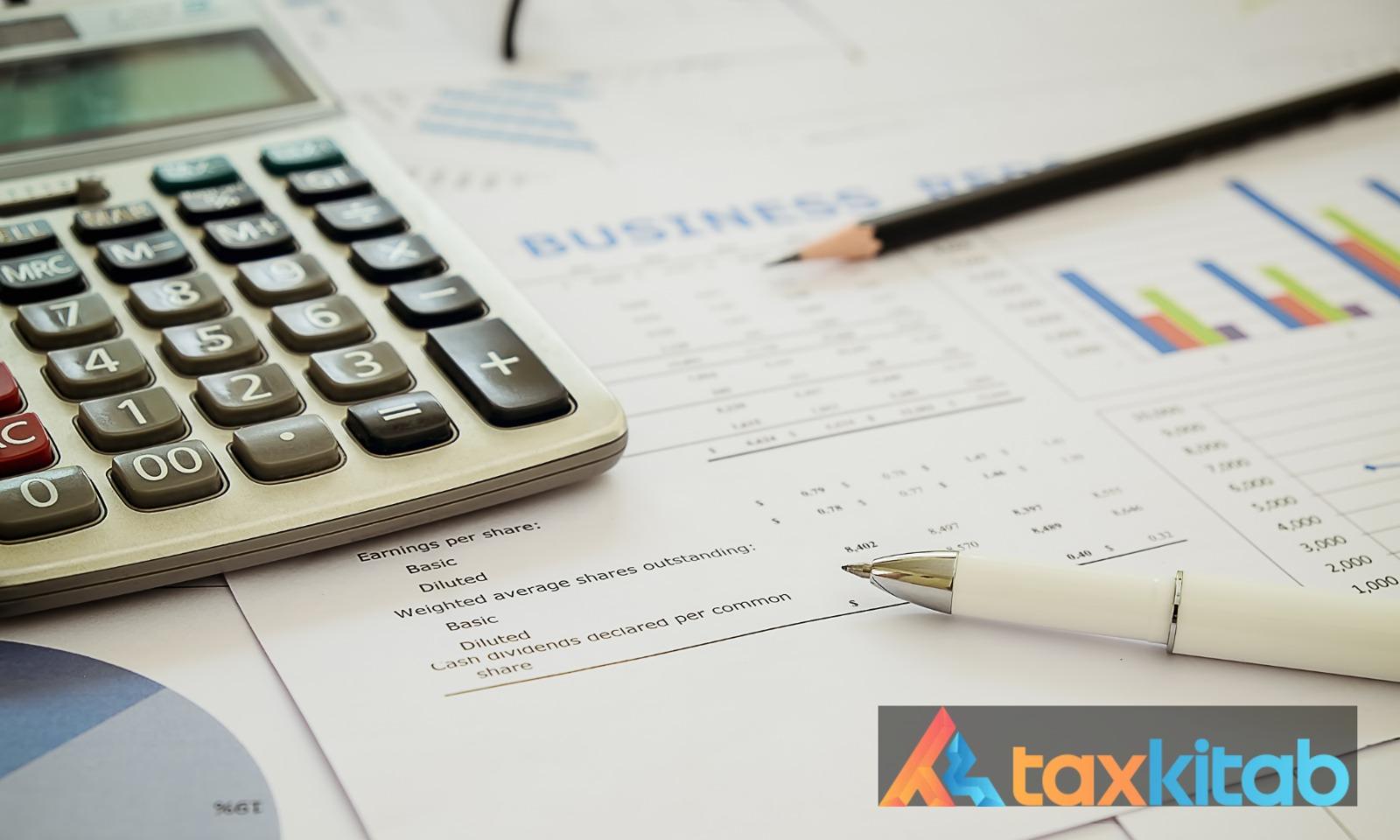Best Income Tax Return Filing Apps and Platforms

With the rise of the gig economy, more professionals in India are working as freelancers or independent consultants across sectors like IT, writing, design, marketing, coaching, and more. While they enjoy flexibility and autonomy, they also carry the responsibility of managing their own taxes—including filing Income Tax Returns (ITR).
This article is a complete guide to help freelancers and consultants understand how to file ITR, which form to use, what expenses can be claimed, and how to save taxes legally in FY 2024–25 (AY 2025–26).
more details insides: https://taxkitab.com/income-tax-return/
📌 Who is Considered a Freelancer or Consultant?
A freelancer or consultant is someone who earns income by offering services independently, without being employed by a company. Examples include:
-
Graphic designers
-
Software developers
-
Content writers
-
Online tutors or coaches
-
Digital marketers
-
Business consultants
-
Photographers
-
Legal or financial advisors
If you're not on a company payroll and issue invoices for your services, you’re likely considered a professional taxpayer under Indian tax law.
🧾 Which ITR Form Should Freelancers Use?
| Condition | Applicable ITR Form |
|---|---|
| Income under ₹50 lakh and opting for presumptive taxation (under Sec 44ADA) | ITR-4 |
| Income above ₹50 lakh OR maintaining detailed accounts | ITR-3 |
🔹 Presumptive Taxation Scheme (Section 44ADA)
-
If your gross receipts are under ₹50 lakh per year, you can declare 50% of it as profit.
-
No need to maintain detailed books of accounts.
-
No audit required unless income declared is below 50%.
✅ Example: If you earn ₹20 lakh, under 44ADA, you can declare ₹10 lakh as profit, and pay tax on that.
📑 Documents Required for ITR Filing
You don’t need to upload documents while filing ITR, but you should keep these handy:
-
PAN Card & Aadhaar Card
-
Bank statements
-
Invoices issued to clients
-
TDS certificates (Form 16A) if clients deducted tax on payments
-
Form 26AS and Annual Information Statement (AIS)
-
Proof of expenses/deductions (like rent, internet, laptop, travel, etc.)
-
Investment proofs (if claiming deductions under Section 80C, 80D, etc.)
💡 Allowable Business Expenses for Freelancers
You can deduct legitimate business expenses from your income before calculating tax (if not opting for presumptive scheme). Common examples include:
-
Office rent or coworking space fees
-
Internet and phone bills
-
Software subscriptions (e.g., Canva, Adobe, Zoom, etc.)
-
Laptop, printer, office supplies
-
Business travel expenses
-
Fees paid to accountants or consultants
-
Advertising and marketing expenses
📌 Maintain receipts and proofs for all expenses. Use an Excel sheet or accounting software to track income and expenses.
🧮 How is Tax Calculated for Freelancers?
🔹 Option 1: Presumptive Taxation (44ADA)
-
50% of gross receipts is treated as profit.
-
Tax is calculated on that 50%.
-
No books of accounts or audit required.
🔹 Option 2: Normal Taxation
-
Income = Gross Receipts – Business Expenses
-
Tax is calculated as per regular slab rates.
-
You must maintain books and may require audit (if turnover > ₹50 lakh).
🧾 Advance Tax Applicability
Freelancers must pay advance tax in four installments if total tax liability exceeds ₹10,000 in a year.
| Due Date | % of Tax to be Paid |
|---|---|
| 15th June | 15% |
| 15th September | 45% (cumulative) |
| 15th December | 75% (cumulative) |
| 15th March | 100% |
🔔 Missing advance tax deadlines attracts 1% interest per month (Section 234B/234C).
✅ Deductions You Can Claim
Freelancers can also claim personal tax deductions:
-
Section 80C: LIC, PPF, ELSS, tax-saving FDs (up to ₹1.5 lakh)
-
Section 80D: Health insurance premiums
-
Section 80E: Interest on education loans
-
Section 80G: Donations to eligible charities
-
Section 24(b): Interest on home loan (if applicable)
🌐 How to File ITR as a Freelancer (Step-by-Step)
-
Gather documents and details of all your income & expenses.
-
Log in to Income Tax Portal.
-
Choose the correct ITR form (ITR-3 or ITR-4).
-
Fill in personal and bank details.
-
Report income from freelancing under “Profits & Gains from Business or Profession.”
-
Declare TDS (cross-check Form 26AS).
-
Claim eligible expenses and deductions.
-
Pay self-assessment tax, if required.
-
Verify your return via Aadhaar OTP, net banking, or DSC.
🚫 Common Mistakes to Avoid
-
Choosing the wrong ITR form
-
Not declaring foreign income (if applicable)
-
Ignoring Form 26AS and AIS mismatch
-
Not paying advance tax on time
-
Not maintaining proof of expenses
-
Missing the due date (usually 31st July for individuals)
📅 Due Date for ITR Filing (AY 2025–26)
-
For freelancers not requiring audit: 31st July 2025
-
If audit is required (income > ₹50L or under ITR-3): 31st October 2025
🧾 Conclusion
Filing an income tax return as a freelancer or consultant may seem complicated, but with proper planning and understanding, it becomes manageable. The key is to:
-
Track all income and expenses
-
Understand whether you qualify for presumptive taxation
-
Pay taxes and file returns on time
Doing so keeps you compliant and helps you avoid penalties, interest, and scrutiny from the Income Tax Department.








